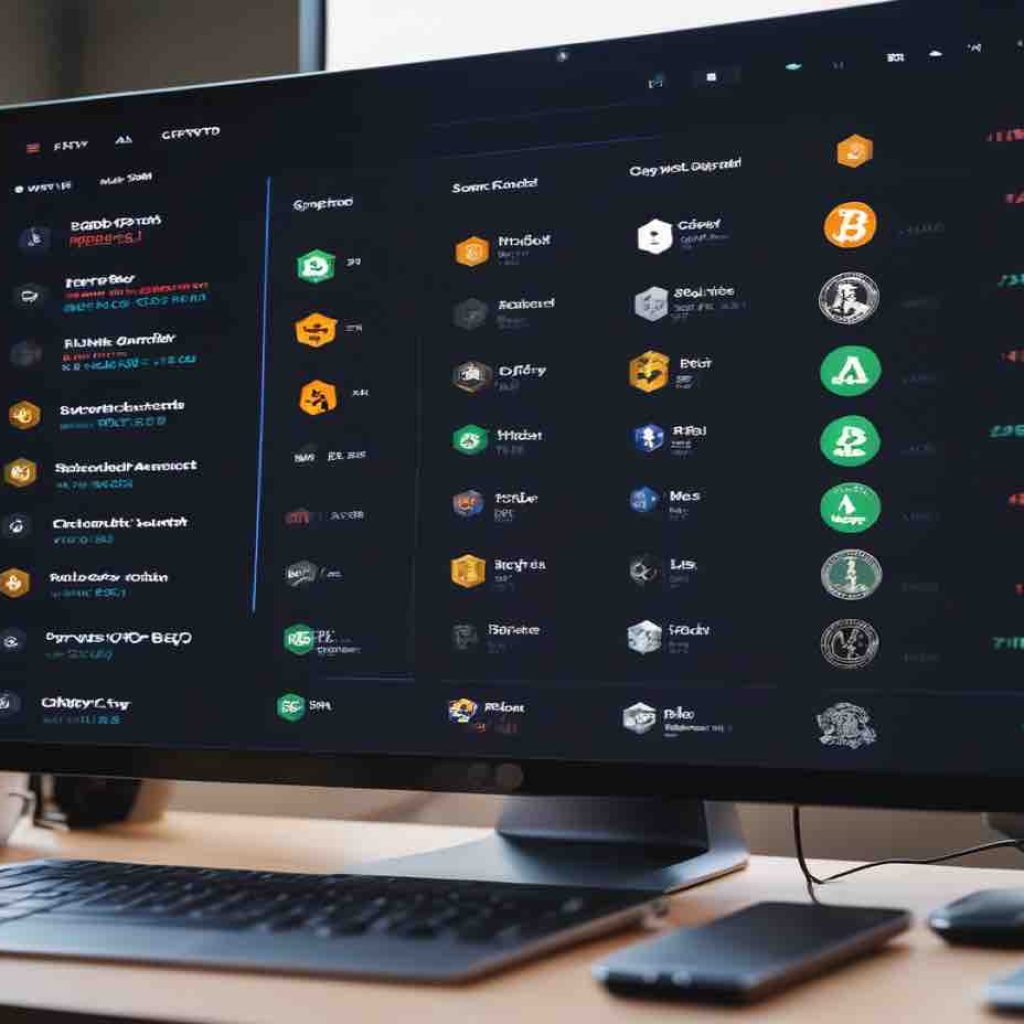According to on-chain data on the Tron network released by Lookonchain, Tether has exceeded Visa in daily trading volume. The data showed that USDT stood at $53 billion, compared to Visa’s average daily trading volume of $42 billion. These figures come from Visa’s total trading volume in Q1, 2024, of $3.78 trillion.
The data comes after significant growth in stablecoins, with USDT taking the lead in market capitalization. Further on-chain data from Nansen revealed a similar case in April this year, with the top 3 stablecoins by market cap surpassing Visa’s monthly transaction volume. The combined monthly trading volume of USDT, USDC, and DAI came in at $1.369, beating Visa’s average of $1.23 trillion based on 2023 data.
Also Read: TON Foundation and Tether unveils USDt global integration plan
Still, no clear reason is attributed to this uptrend. However, Tether has had several developments in the past week, including its support for blockchain and digital asset education and the launch of its synthetic dollar backed by gold, dubbed Tether Gold.
Tether and other stablecoins compete with mainstream payment gateways
Although the crypto market has been bearish over the last month, stablecoins like USDT are performing relatively well. A Token Terminal tweet revealed that stablecoins have recorded an increase of over 10x in monthly transfer volumes in the past four years.
Monthly stablecoin transfer volumes have ~10x'd over the past 4 years.
From $100B to $1T+ per month.
Benchmark value from @Visa:
"During our FY23, the Visa network enabled $15 trillion in total volume." – Ryan McInerney, Chief Executive Officer pic.twitter.com/KxrUyb1IIW
— Token Terminal (@tokenterminal) June 19, 2024
There are approximately over $1 trillion in monthly stablecoin transfers, and USDT is among the top stablecoins contributing to these volumes. Tether is displaying itself as a good alternative for transactions, rivaling traditional payment gateway volumes.
Tron USDT welcomes regulatory scrutiny
Stablecoins have grown significantly, particularly since 2020, which has led to financial watchdogs examining the digital asset class. One such case involved crypto firms within the EU, such as Uphold, suspending most stablecoins to conform to the MiCA regulations.
Tron’s USDT is under fire for its popularity among illicit transactions. Crypto crime reports, including those from Chainalysis, note the significant use of stablecoins in illegal Asian activities.
Also Read: Traders bet big on $100K Bitcoin Calls, eyeing major rally in 2025
A report from the United Nations in January revealed how criminals were using Tron’s USDT in Asian money laundering rings, illegal gambling, cybercrime, fraud, and many more illicit activities. The main reason behind this is the blockchain’s price stability and low fees, making transactions efficient.
“We are disappointed in the UN’s assessment that singles out USDT highlighting its involvement in illicit activity while ignoring the role in helping developing economies in emerging markets….:
-Tether
Tether expressed its disappointment about this allegation, insisting on USDT’s benefits over illegal activities associated with the token. Notably, the company has been involved in criminal crackdown efforts alongside authorities, including freezing funds related to illegal activities.
Cryptopolitan reporting by Collins J. Okoth





